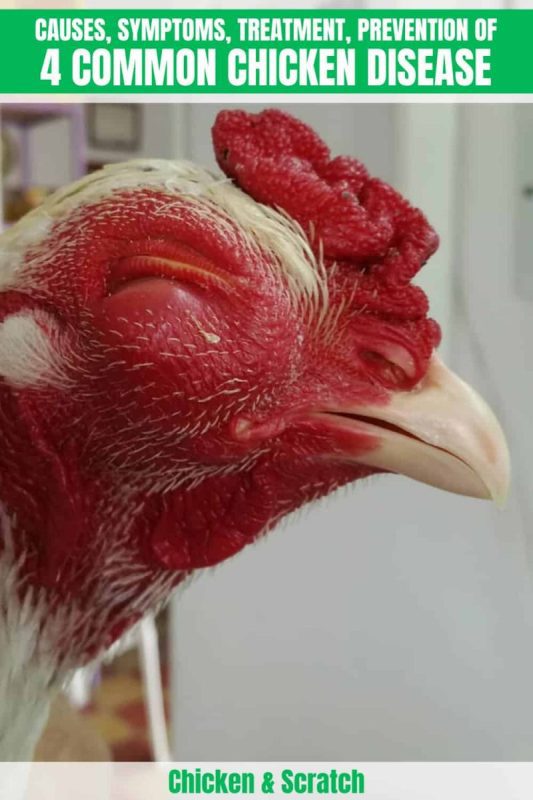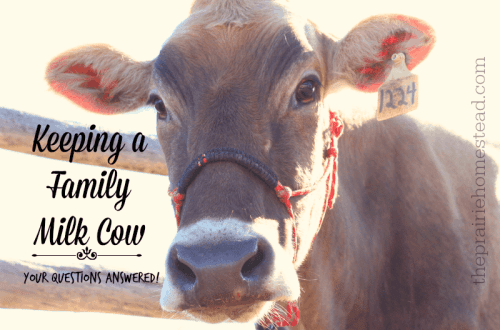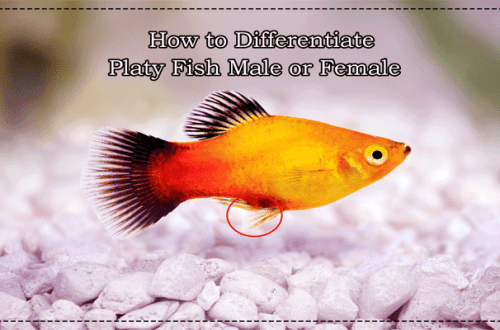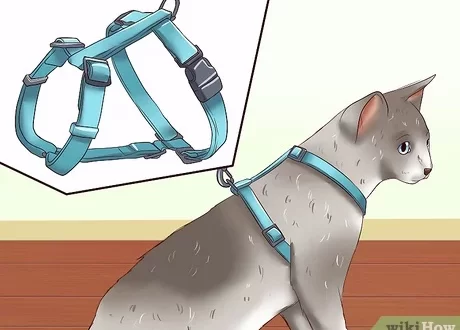
Diseases of domestic chickens: symptoms, prevention and methods of their treatment
Diseases do not spare anyone, any animal can get sick and die if you do not pay attention to obvious symptoms in time and do not provide the right help. Domestic chickens very often die because the owners did not pay attention to certain signs and did not help cure the disease. For example, diarrhea in chickens is a phenomenon that is quite difficult to immediately notice. Therefore, household utensils should be treated carefully. This article will look at the most common chicken diseases, their symptoms, and suggest treatment options.
Contents
The main diseases of laying hens
Knowing about the possible diseases of chickens is necessary for everyone who breeds them or keeps them to get eggs. The main reason for the appearance of the disease is the improper maintenance or nutrition of chickens.
Veterinarians divide all chicken diseases into several groups:
- infectious;
- non-infectious;
- internal parasites;
- external parasites.
Infectious diseases
Colibacillosis
This disease is not only for adult laying hens, but also for young ones. The main symptoms are lethargy, thirst and fever. The infection affects the respiratory tract, so when you take the chicken in your hands, you will clearly hear wheezing. And when moving, they will only intensify. Characteristic wheezing is clearly observed in young chickens, but in old ones – this can not always be observed. This is where specialist help will be needed.
If the diagnosis is established, then it is necessary to immediately proceed to treatment. To do this, it is enough to give penicillin. According to veterinarians, a small an overdose of this drug contributes to the development of immunity to the disease.
Pasteurellosis
This disease takes the lives of chickens at 2-3 months. But most of all, an adult bird dies from it. Symptoms of the disease: lethargy, fever, thirst, the chicken practically does not move, and mucous fluid flows from the nasal openings, diarrhea, the chicken constantly ruffles and raises its feathers. The scallop and earrings of such a chicken will darken and acquire a bluish tint. If this infection is not treated immediately, then the mortality of the entire livestock is guaranteed.
This infection is treatable only in the first stage. They are given tetracycline 1-2% aqueous solution. Some veterinarians recommend using norsulfazole solution. These drugs are added to the feed at 0,5 g at a time.
salmonellosis
This disease is more pronounced in a young chicken, but there are cases of damage to an adult. Typical symptoms are: lameness on one leg, conjunctivitis, increased tearing, breathing problems. When it is already impossible to save the bird, it simply falls on its side or back and dies. Leg pain in chickens is not uncommon, so you need to watch them very carefully.
If you have such a case, then immediately proceed to the treatment of the remaining chickens. Them antibiotics can be given chloramphenicol, chlortetracycline or sulfanilamide. Small doses of drugs are added to the feed and given to chickens for at least 10 days.
Newcastle disease
This disease does not choose between young or old birds. The disease proceeds very quickly, most often the death of the bird is simply stated. A sick bird constantly sleeps, does not eat anything and has a fever, a liquid will come out of its beak, which smells bad. The chicken can hardly breathe, because the mouth is full of this mucus, the beak is constantly open. The breath of this bird is accompanied by croaking sounds. Before death, the comb and earrings turn blue in the bird.
Until now, veterinarians have not developed methods for treating this disease. Their only advice is to destroy all available poultry. But, if you take the risk and the chicken survives, then she gets immunity, but the offspring will be constantly susceptible to this disease.
Smallpox
This disease mainly affects young chickens. Specific outgrowths-pockmarks appear on the skin of the bird. Most often they are centered on the head or cloaca and if you do not start treatment in a timely manner, then the growths increase, unite with each other. In the early stages, the neoplasms are yellow in color, but over time they become dark brown.
After a few weeks, these pockmarks begin to bleed, harden, and fall off. Further, such formations appear in the mouth of the animal, the bird stops eating, it is difficult for her to breathe.
In order to avoid hardening of pockmarks, it is necessary treat affected areas with any fat or glycerin. If you paid attention in the later stages and the disease affected the oral cavity, then it is necessary to pour a small amount of 1% iodine into the beak. You can wash with a decoction of chamomile. Such a bird must constantly have access to water.
Typhus
This disease occurs in 70% of adult birds. The main symptoms are lethargy, decreased or complete lack of appetite. The chicken drinks a lot of water.
This infection is treated only with antibiotics, they are diluted with water and injected intramuscularly.
Tuberculosis
This infectious disease affects not only people, but also chickens. Not only the lungs are affected, but all internal organs. The cause of the disease is unsanitary conditions in the chicken coop. The main symptoms of the disease are: severe thinness, pallor of the comb and earrings. This disease is not treatable. infected chickens must be destroyed, and clean and disinfect everything in the chicken coop.
Noncommunicable diseases
Atony goitre
This disease is inherent only in laying hens. The reason for it is an unbalanced or untimely diet. If the owners feed chickens with poor quality compounds, then they can accumulate in the goiter and create obstruction. It is easy to determine this disease, just try to touch the goiter of the chicken, if it is hard and sagging for a long time, then the chicken is sick. The death of a chicken occurs suddenly and instantly, the goiter blocks the airways and the jugular vein.
It is not difficult to treat this disease. It is enough to drip a few milliliters of vegetable oil through a probe into the goiter. Further, a light massage of the hardened goiter is performed and turn the chicken upside down, slowly remove all the contents. After this procedure, veterinarians recommend pouring a solution of potassium permanganate into the goiter.
Gastroenteritis
A chicken can get sick at any age. Due to poor nutrition, problems with the digestive tract begin, diarrhea and weakness appear.
Given that these symptoms may be the cause of an infectious disease, it is best to invite a veterinarian for an examination. If the diagnosis is confirmed, then it is enough to feed the chicken with a balanced diet for several days.
cloacite
The cause of the disease is also malnutrition or violations in the norms of keeping chickens. But here the cloaca becomes inflamed. There have been cases that the cause of the disease may be problems with the release of eggs.
As a treatment, washing the cloaca with manganese is used, preliminary cleaning of pus, and after that, lubricating this place with petroleum jelly, anesthesin and terramycin. To avoid this disease, experts recommend introducing natural greens into the feed, carrots or root vegetables.
Keratoconjunctivitis
This disease affects chickens that are kept in barns where the manure is poorly cleaned or very rarely cleaned out. From fresh litter ammonia vapor is released into the air, which are the cause of inflammation of the eyes and bronchial tract. The main symptoms are: watery eyes, dirty and wet feathers, yellow masses may collect on the eyelids.
For treatment, it is necessary to clean the shed well of chicken manure and ventilate it well. Rinse eyes with chamomile decoction.
Avitaminosis
This disease is more common in laying hens that are kept in cages. They do not eat natural food, only mixtures. Conjunctivitis, minimal body weight, weakness, feather loss can be observed.
For treatment, it is necessary to balance the diet and introduce natural herbs into the diet.
Sharp objects in the stomach
A chicken is an unpredictable bird, especially if it has a will. Chickens peck at anything. Therefore, very often the cause of death is the presence of a sharp object in the stomach, which breaks it.
The same can happen with goiter, rough parts of the grass, small bones can form a blockage of the goiter, which will lead to death.
Hen can’t lay an egg
Such situations are often found in young laying hens. She starts darting around the chicken coop, her comb turns bright red. It is necessary to help such a chicken is necessary or she will die. It is enough to do the following:
- heat a bucket of hot water and hold it over steam for about half an hour, then lubricate the passage with petroleum jelly;
- if the chicken egg is too large and stuck in the cloaca during demolition, then it can be pierced with a syringe, pull out the liquid and slightly pressing down on the shell, carefully remove it from the passage;
- if the egg begins to come out across, then the chicken is laid on its back and any oil or petroleum jelly is injected with a syringe, and then the egg is gently pushed out.
Eggs without shell
It is more of an infectious disease caused by parasites. Symptoms: lethargy, systematic laying of eggs without a shell, the chicken practically does not move, coordination of movement is disturbed. Such diseases of laying hens are quite common.
For treatment, carbon tetrachloride is used at the rate of 5 mg per animal.
Ovarian inflammation
The cause of the disease is a blow or a sharp fall from a height. Yolks that are born inside can develop and begin to rot. Obvious signs will be irregularly shaped eggs, two yolks in one shell, a thin shell. Such a bird often dies.
Frostbite of limbs
In winter, during severe frosts, often combs, chicken legs get frostbitten and these parts subsequently die off. At the first symptoms of frostbite on the legs of a chicken, it is necessary to rub these areas with snow and smear with iodine.
As a prevention of frostbite on chicken legs, it may be wiping open areas of the chicken with animal fat.
internal parasites
These are the worms that are inside the chicken, causing diarrhea. They live in the small intestine and its processes. The length of such a parasite can reach 11-15 centimeters. The main symptoms are lack of appetite and diarrhea.
This disease is treated with the drug Flubenvet. It is enough 3g. per 1 kg of food. The course of treatment is 7 days. If the diarrhea does not go away, you should immediately contact a specialist.
External parasites
The main parasites for chickens are ticks, lice and downy eaters. It is these parasites that affect the number of eggs in laying hens and can even cause death.
Bed bugs or chicken lice
These parasites live not only on the skin of the bird, but also in the coop, perch and nest. They feed on the blood of a chicken and do not give her rest day or night.
To get rid of them it is necessary to regularly clean the chicken coop chlorophos solutions and karbofos emulsion. During processing, chickens should not be indoors and after – about 2-3 hours.
Be sure to change perches and straw where they lay eggs.
The fight against downy eaters
The diet of this parasite includes down and feathers of birds. Such insects live only on the skin of a chicken. The bird feels constant itching. If you look closely at the skin of the animal, the parasites can be seen with the naked eye.
For the fight, ordinary wood ash is used. Chickens bathe in it, and parasites disappear.
Ringworm
This disease affects a large number of adult birds. If you do not provide timely assistance, then the disease only progresses. Symptoms: shortness of breath, white-yellow spots on the crest. This disease is not treatable. These birds are being killed.
Aspergillosis
This is a disease of the respiratory system. Symptoms: the bird sneezes, the beak turns blue. Treatment only with copper sulfate, which is introduced into the diet.
Preventive measures to prevent the disease
If you do not want to lose a bird, then periodically perform the following preventive measures:
- do not combine young and adult birds, this can cause the death of both one and the other;
- if the bird is sick, urgently put it in a separate room;
- if the chicken is not subject to treatment, it must be destroyed and burned;
- be sure to treat the chicken coop with disinfectants at least once a month.
Provide chickens with proper care and a balanced diet and most of the above diseases will not bother your bird. Diseases of chickens and their treatment are the most important topics for those who breed these birds.





